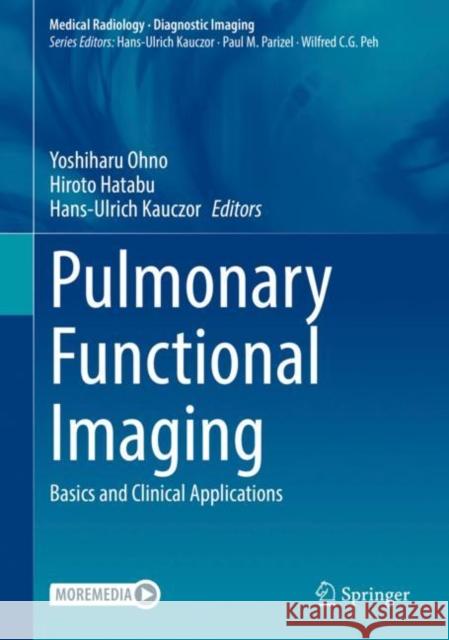Pulmonary Functional Imaging: Basics and Clinical Applications » książka
topmenu
Pulmonary Functional Imaging: Basics and Clinical Applications
ISBN-13: 9783030435387 / Angielski / Twarda / 2020 / 360 str.
Pulmonary Functional Imaging: Basics and Clinical Applications
ISBN-13: 9783030435387 / Angielski / Twarda / 2020 / 360 str.
cena 645,58
(netto: 614,84 VAT: 5%)
Najniższa cena z 30 dni: 616,85
(netto: 614,84 VAT: 5%)
Najniższa cena z 30 dni: 616,85
Termin realizacji zamówienia:
ok. 22 dni roboczych
Bez gwarancji dostawy przed świętami
ok. 22 dni roboczych
Bez gwarancji dostawy przed świętami
Darmowa dostawa!
Kategorie BISAC:
Wydawca:
Springer
Język:
Angielski
ISBN-13:
9783030435387
Rok wydania:
2020
Wydanie:
2021
Ilość stron:
360
Waga:
0.85 kg
Wymiary:
26.16 x 19.56 x 1.78
Oprawa:
Twarda
Wolumenów:
01











